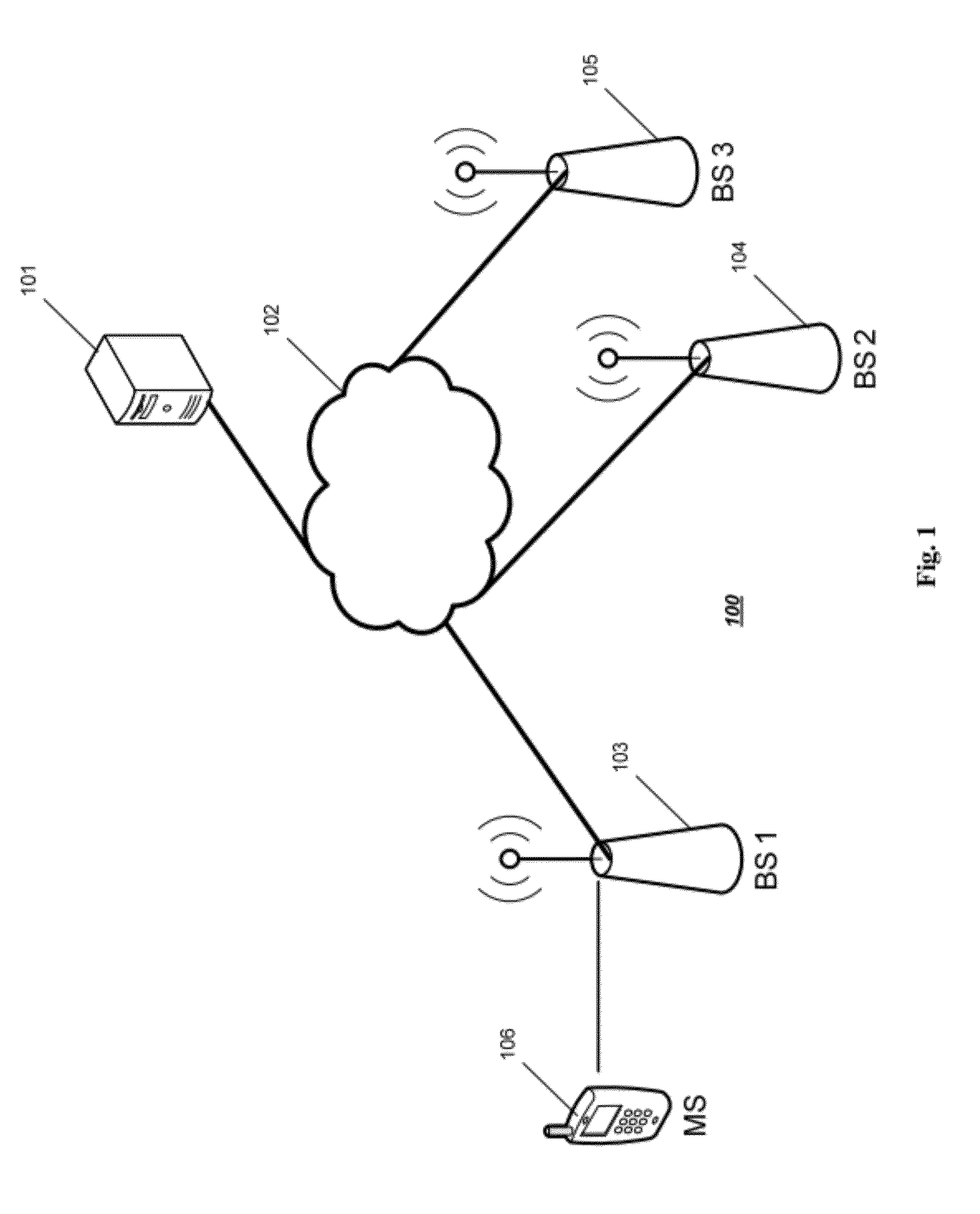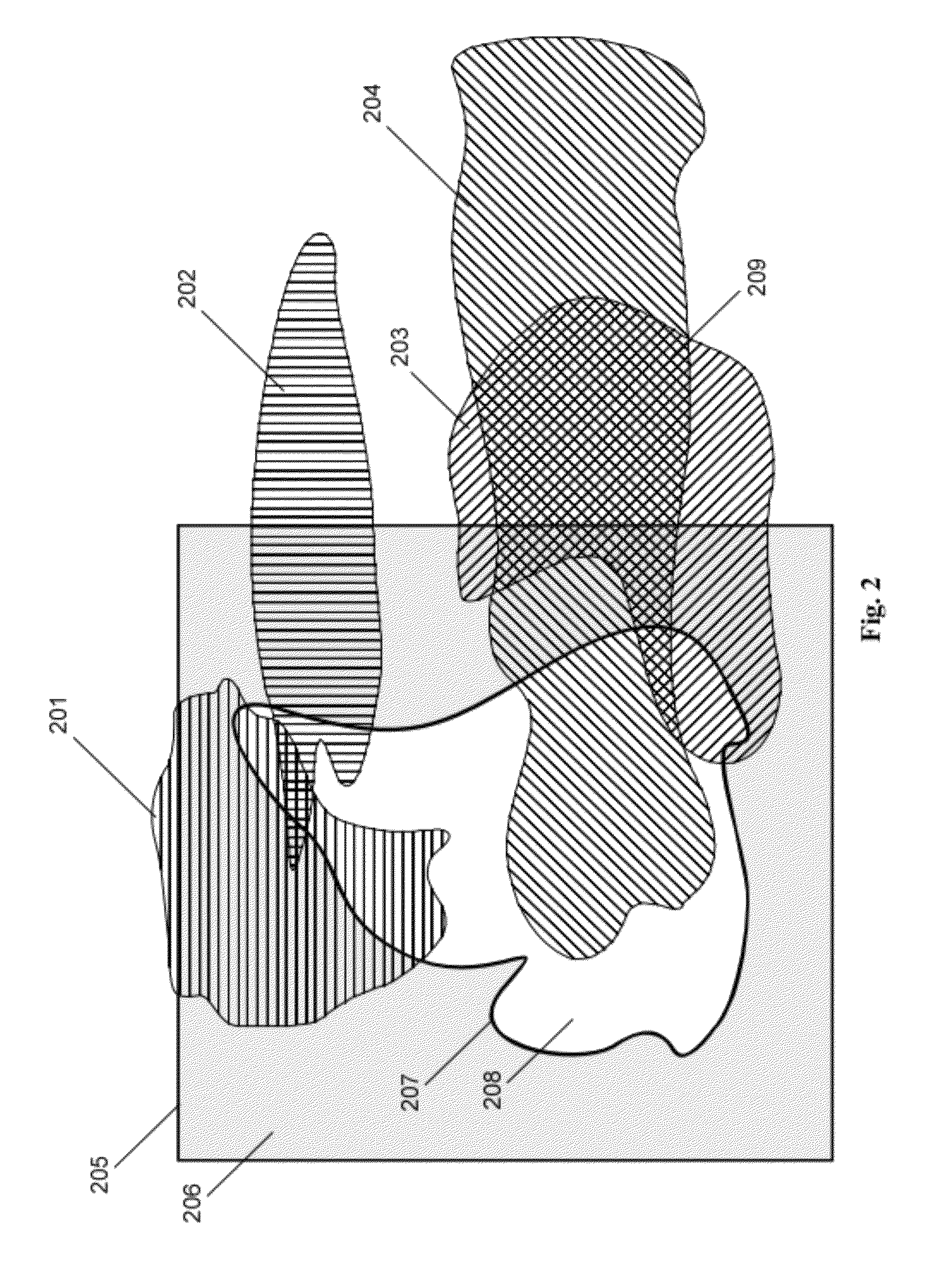Method for cognitive 4G neighborhood selection
a cognitive 4 g and neighborhood selection technology, applied in the direction of transmission, transmission monitoring, electrical equipment, etc., can solve the problems of increasing the amount of handoff (handover) events, affecting the performance of communication, and affecting the connection
- Summary
- Abstract
- Description
- Claims
- Application Information
AI Technical Summary
Benefits of technology
Problems solved by technology
Method used
Image
Examples
Embodiment Construction
[0014]After a new base station (BSnew) is added to a wireless 4G network, its geographic footprint covers a certain serving area ABSnew (208) with a border LBSnew (207) that is highly dependant on the environmental factors that influence the radio wave propagation. The area ABSnew and its border LBSnew are located within a predefined vicinity area (206) of the new base station and are determined by taking into account measurements performed by mobile stations as is known from prior art. In the initial phase, neighboring base stations are determined based on geographical proximity and RSSI measurements performed by mobile stations as is known from prior art. During operation, all handoff events and information thereof are stored for later analysis.
[0015]SON server additionally obtains information about RSSI distributions, CINR distributions and serving areas of all base stations. Obtained information is used to generate a list of serving areas that overlap the BSnew base station serv...
PUM
 Login to View More
Login to View More Abstract
Description
Claims
Application Information
 Login to View More
Login to View More - R&D
- Intellectual Property
- Life Sciences
- Materials
- Tech Scout
- Unparalleled Data Quality
- Higher Quality Content
- 60% Fewer Hallucinations
Browse by: Latest US Patents, China's latest patents, Technical Efficacy Thesaurus, Application Domain, Technology Topic, Popular Technical Reports.
© 2025 PatSnap. All rights reserved.Legal|Privacy policy|Modern Slavery Act Transparency Statement|Sitemap|About US| Contact US: help@patsnap.com



